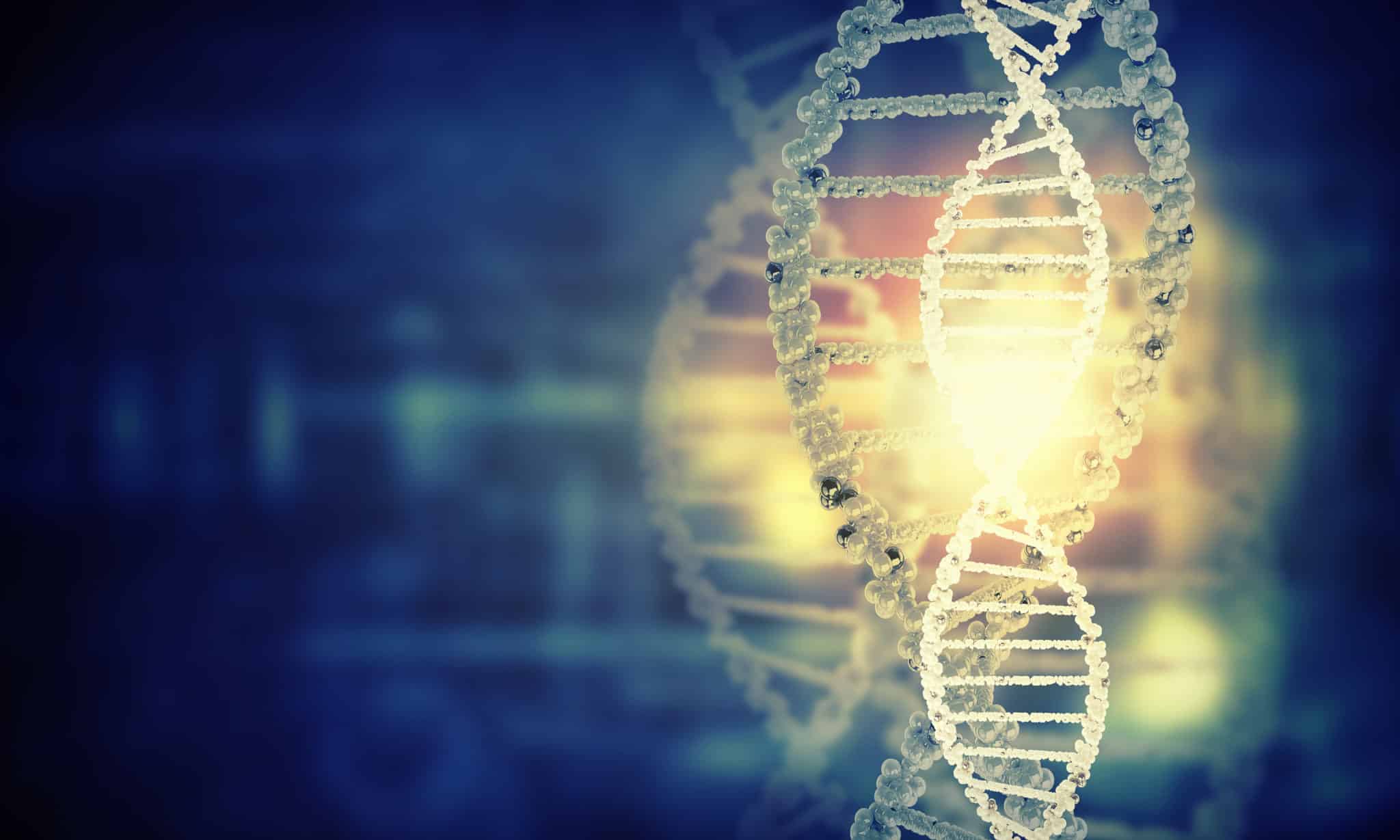We each inherit two working copies of genes from our parents. But for a tiny minority of genes, or allele, only one copy can be allowed to function while the other remains inactivated from inception until the moment we die. This mechanism is called imprinting, and faulty imprinting can cause a host of genetic syndromes.
The differences in size and appearance come down, in part, to imprinting differences in maternal- and paternal-inherited genes.
And imprinting usually takes place naturally during inception, through a process called methylation, but in cases of artificial fertilization methods, imprinting can sometimes be faulty or bypassed altogether.
Now, a team of researchers from the Harvard Medical School and Boston Children’s Hospital seem to have succeeded in reversing this faulty imprinting.
The study published in Nature, the scientists report a small but growing number of imprinted genes linked to placental development for which the imprinting mechanism remained unclear.
“Since its discovery over two decades ago, DNA methylation has been the only known mechanism governing genomic imprinting,” said study first author Azusa Inoue, a postdoctoral research fellow in the Department of Genetics at Harvard Medical School. “However, much to our surprise, the imprinted genes we looked at lacked DNA methylation, which
told us there must be another mechanism at play.”In the current study, scientists while mapping imprinted genomic regions in early-stage mouse embryos, noticed mysterious DNA methylation-independent imprinted regions. They then decided to search for patterns across the regions, and found the consistent presence of H3K27me3, a chemical modification to one of the histones.
This histone modification, previously identified as an epigenetic gene silencing mechanism in other scenarios, but not as a regulator of imprinting, was found to be not only necessary for imprinting certain genes, but that DNA methylation played no role in imprinting them.
In a series of experiments, the researchers demonstrated that removing the histone modifier from developing embryos led to the loss of imprinting, which caused expression of both parental genes.
Researchers say the identification of this mechanism could lead to therapies for genetic imprinting defects.
“Our discovery sheds new light on a fundamental biological mechanism and can lay the groundwork for therapeutic advances,” said senior investigator Yi Zhang. “A gene that is turned off by epigenetic modifications can be turned on much more easily than a gene that is mutated or missing can be fixed.”






























